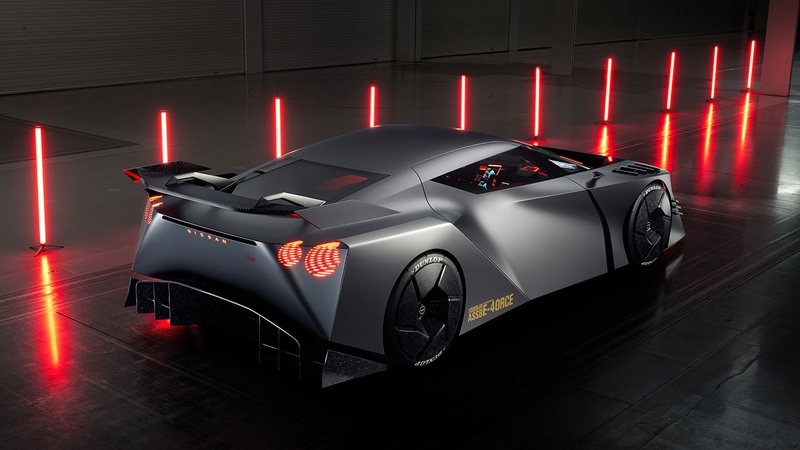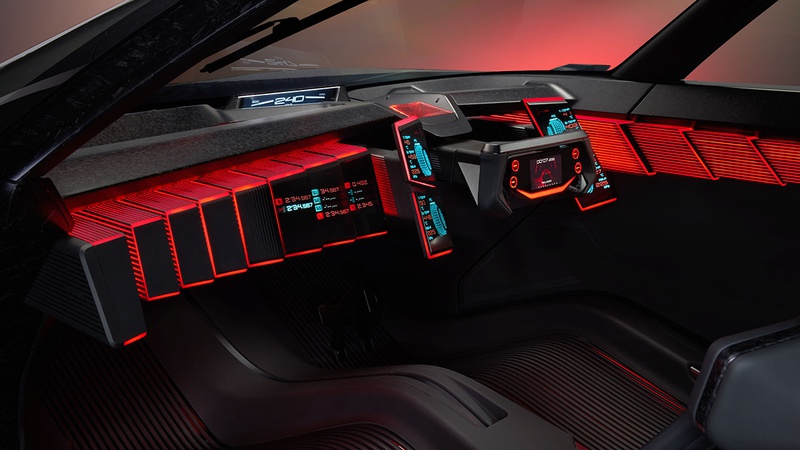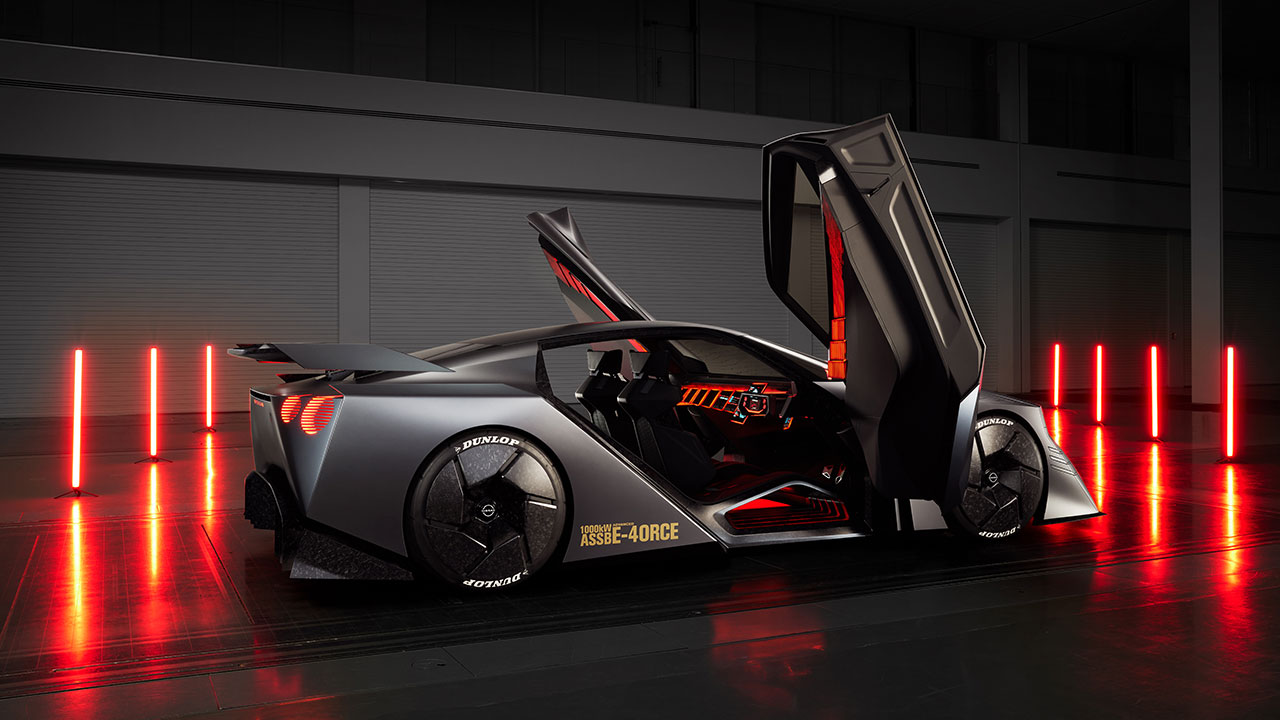Giovanny Arroba, has indicated that the electric GT-R will retain much of the bold design elements of the Hyper Force concept. Unlike many concept cars that lose their distinctive features when moving to production, the GT-R aims to maintain its unique styling.
The Hyper Force concept features extreme, forward-looking design elements typical of futuristic concept cars. This approach is a departure from the retro-futurism seen in models like Hyundai's Ioniq 5. The concept car boasts a powerful all-electric powertrain, delivering an impressive 1,341 horsepower, significantly more than the current 600-horsepower GT-R with a Nismo-tuned twin-turbo V6.





Nissan Hyper Force concept
Giovanny Arroba emphasized the realistic and achievable aspects of the concept's design, stating, "The shapes, proportion, and stance aren't based on pure fantasy. It's quite daring but a tangible dream to achieve by the end of the decade." He views the concept as a manifesto for Nissan's design aspirations and a source of inspiration for the company.
The Japanese automaker would be setting a new standard in bringing a concept car to life if Nissan could pull this off. While we're at it, we'd like to see Toyota do the same with the sporty FT-Se concept that was unveiled at the same Tokyo auto show.
Source: Autocar

